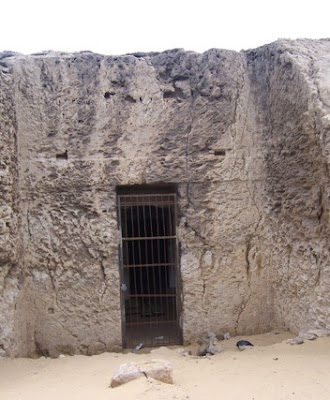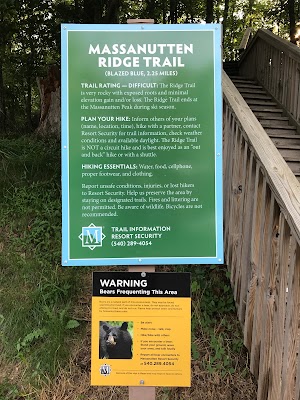Tomb of the Tuareg Leaders (Tombeaux des chefs touaregs)
Overview
The **Tomb of the Tuareg Leaders**, gracefully situated in the remote and captivating Kidal Region of Mali, is a destination rich in cultural heritage and historical importance. This remarkable site provides visitors with a unique opportunity to explore the storied past of the Tuareg people, renowned for their nomadic lifestyle and vibrant traditions.
The tomb stands as a tribute to the influential leaders of the Tuareg, who have significantly shaped the region's history and development. Often referred to as the "Blue Men of the Sahara" due to their iconic indigo-dyed robes, the Tuareg have traversed the harsh desert landscape for centuries. Their leaders, celebrated for their wisdom, bravery, and strategic prowess, played crucial roles in molding the socio-political landscape of the Sahara. As a resting place for these esteemed figures, the tomb symbolizes the enduring legacy of Tuareg leadership.
Constructed with striking simplicity, the tomb harmonizes beautifully with the surrounding desert environment. Its architecture showcases traditional Sahelian and Islamic influences, featuring earthen materials and intricate geometric patterns. The tranquil ambiance of the site, complemented by expansive skies and golden sands, invites visitors to reflect on the rich history it commemorates.
At the **Tomb of the Tuareg Leaders**, visitors can immerse themselves in a narrative filled with tales of resilience and leadership. The site encapsulates stories of how these leaders navigated alliances, conflicts, and trade in a region that has long served as a crossroads of African and Arab cultures. These narratives are often shared through a blend of oral histories and well-preserved artifacts located in the nearby museum. The museum offers valuable context, showcasing tools, garments, and jewelry that illustrate the daily life and ceremonial customs of the Tuareg people.
Moreover, the tomb and its surroundings offer insight into the spiritual life of the Tuareg. Visitors will discover that the tomb is not just a historical site but a living part of the community's cultural and spiritual heritage. It continues to serve as a pilgrimage site for many Tuareg, who come to pay their respects and seek blessings. This aspect emphasizes the ongoing reverence for the past and its influence on contemporary Tuareg identity.
One of the most engaging aspects of visiting the Tomb of the Tuareg Leaders is the chance to interact with the local Tuareg community. Guides, often descendants of those commemorated in the tomb, share personal stories and insights, enriching the visitor's understanding of the cultural landscape. These interactions foster a deeper appreciation for the intangible heritage represented by the tomb – an intricate tapestry of language, music, and social customs passed down through generations.
For those planning a visit, practical considerations include the journey to Kidal, which can be an adventure in itself. Given its remote location, reaching the tomb often involves navigating rugged terrain, typically by 4x4 vehicles. While challenging, this journey rewards travelers with spectacular views of the Saharan landscapes and an authentic experience of the region's natural beauty. It is advisable to plan ahead, ensuring proper arrangements for transportation, accommodation, and local guidance, preferably through a reputable tour operator familiar with the area's dynamics.
The best time to visit the Tomb of the Tuareg Leaders is during the cooler months, from November to February, when desert temperatures are more conducive to travel. This period also coincides with several cultural festivals celebrated by the Tuareg, enhancing the visitor experience with vibrant displays of traditional music, dance, and camel racing.
In conclusion, the **Tomb of the Tuareg Leaders** in the Kidal Region of Mali is far more than a historical monument; it serves as a gateway into the life and legacy of a remarkable culture. For international travelers, it promises an immersive experience that blends historical exploration with cultural exchange, all set against the breathtaking backdrop of the Sahara Desert. A visit here is not merely a journey through space but also a voyage through time, offering a rare and enriching glimpse into the enduring spirit of the Tuareg people.





